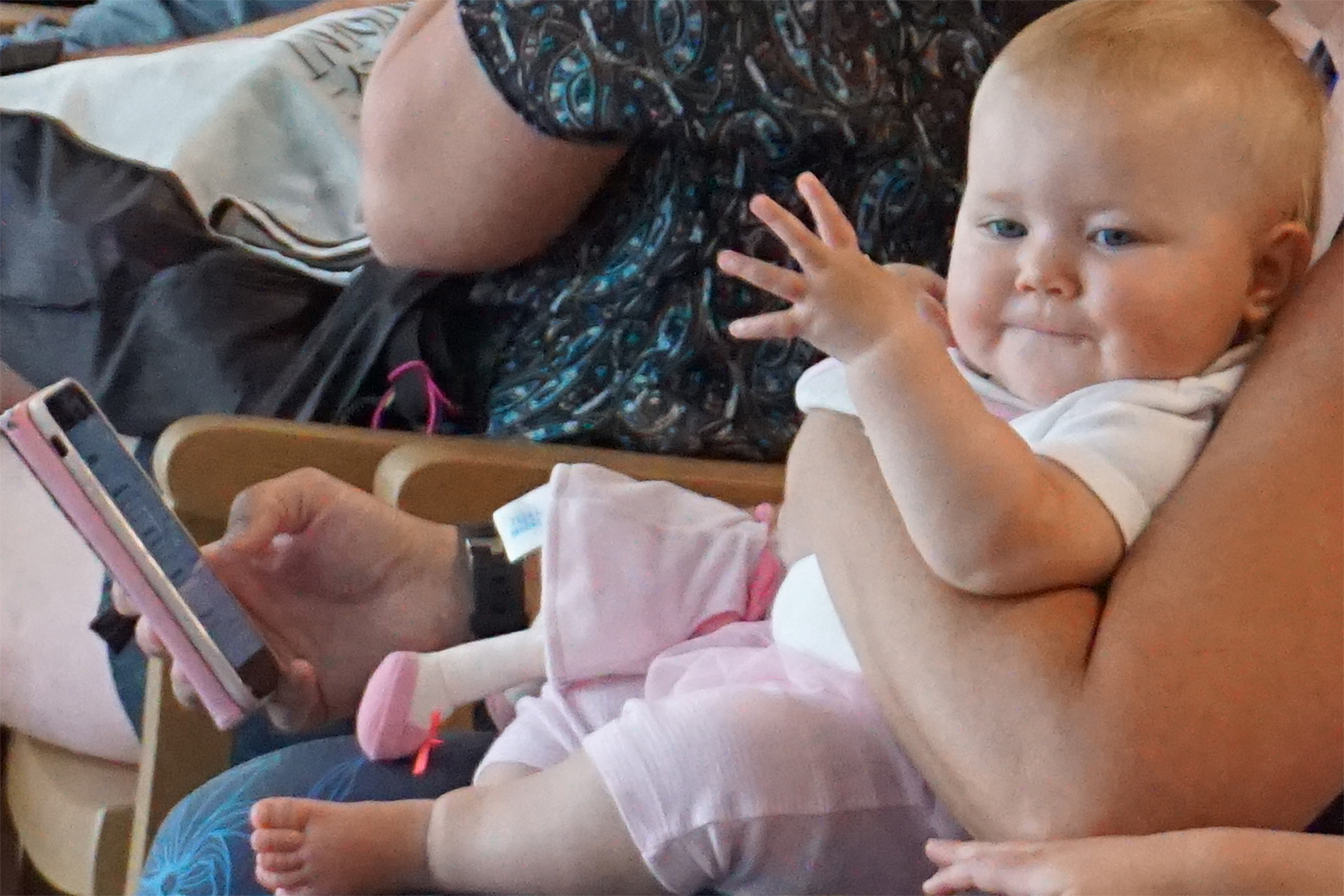
Any little thing that is out of the normal with your new baby – especially if it is your first – can be quite unsettling.
The baby’s first heat rash is one of those things!
It comes seemingly out of nowhere. Suddenly your precious little one is covered in angry little bumps. “What is it?” you ask. “How did my baby get this?” “How do we get rid of it?”
Let’s answer these questions one at a time.
What is it?
Your pediatrician can confirm the diagnosis but you can check for signs that identify heat rash (also known as prickly heat or miliaria).
- A rash with tiny red bumps
- Bumps surrounded by redness on the skin
- Occurring on parts of the body that are clothed (groin, abdomen, armpits)
- With infants, redness can also appear on the neck (which is a major heat trapper), shoulders and chest
- Baby attempts to scratch affect area
These are the signs that Parents advisor Jody A. Levine, M.D., director of dermatology at Plastic Surgery & Dermatology of NYC recommends looking for.
How did my baby get this?
The occurrence of heat rash is a pretty simple reaction to a very common bodily function. Your baby got hot, tried to sweat and couldn’t. Heat rash develops when sweat becomes blocked, which is common with infants. The sweat is trapped under the skin and shows up as a rash.
How do I get rid of it?
- The first thing that must be done to treat your baby’s heat rash is to cool the baby down.
“In the summer months, especially in non-air-conditioned homes, there’s more of a risk of developing a heat rash,” says Parents advisor Lawrence F. Eichenfield, M.D., professor of pediatrics and dermatology at University of California, San Diego, and chief of pediatric and adolescent dermatology at Rady Children’s Hospital-San Diego. - It’s important in the treatment of heat rash to make the baby comfortable so that their bodies don’t continue trying to sweat.
The same situation can occur if the baby is not dressed appropriately for the temperature. When the two situations coincide, the perfect situation for heat rash is created! - Adjusting thermostats, loosening or removing binding clothes helps.
You must give the affected areas a chance to breathe. Allow the baby to cool off and “angry” look of the rash may subside. - Baby may begin to scratch since a pins and needles or “prickly” sensation often accompanies the rash. If this happens, consult your pediatrician before applying any lotions or cream. Your doctor may choose to treat the itching with OTC hydrocortisone or calamine lotion for several days, notes Dr. Eichenfield, but your pediatrician should be the one to determine this.
Occasionally heat rash will blister or extend outside of the clothed area. If this occurs, it’s time to consult your pediatrician for your next treatment steps.
Of course, you want to avoid anything that makes your little one miserable, so the next question you ask may be this:
Can I avoid heat rash for my baby?
And the answer is “yes” and it’s pretty easy.
- Simply keep your baby in an environment where they are comfortable.
That being said, sometimes keeping your baby at the temperature that is optimal for them can take a bit of trial and error before you perfect it. - The temperature of the room should be pleasant and the baby shouldn’t be overdressed. An overheated (or undercooled) house is simply going to cause the baby to be too warm.
- Adjust temperatures in your home as needed to ensure your baby reaches a comfort zone. Circulating air is best, so consider running a fan in baby’s room to keep things moving.
- Make sure you dress the baby appropriately. Don’t bundle your bundle of joy to tightly. Layering clothing can help so that you can remove warmer items when you notice that your baby is too warm.
- Keep lightweight blankets to replace the warmer versions in the event that your baby shows signs of “heating up”. Keep clothing loose. Cotton is usually best for keeping baby warm and allowing the skin to breathe.
ABOUT LITTLE OTTER
Little Otter Swim School provides quality swim lessons in a safe and fun environment that are taught by caring and enthusiastic teachers. Children are learning and gaining respect and love for the water.
From Little Otter, Charlotte families receive an alternative to “typical” swim lessons in year-round, small group instruction in a warm indoor swimming pool where parents can watch their children’s progress from the comfortable viewing gallery. Little Otter Swim School’s team members are passionate about teaching kids to swim and be safe as they enjoy the water. We’d love to share more of the benefits of learning to swim with you. Learn more about what makes Little Otter different.
Source: Parents.com
https://www.parents.com/baby/safety/outdoor/treating-heat-rash/
https://www.parents.com/baby/safety/outdoor/babies-and-heat-rash/
The Meredith Corporation


Conversations